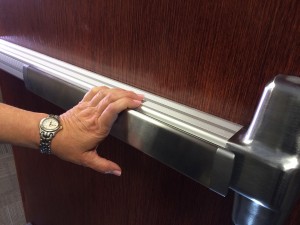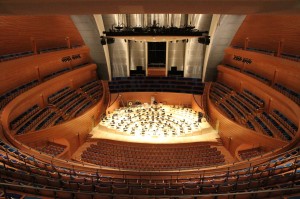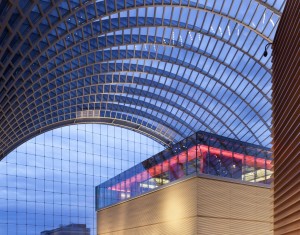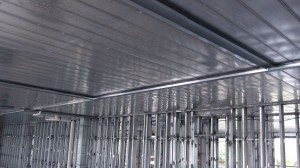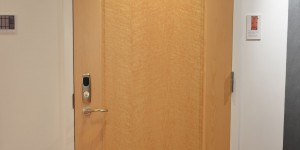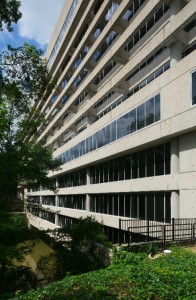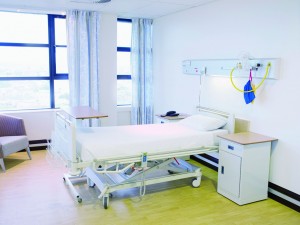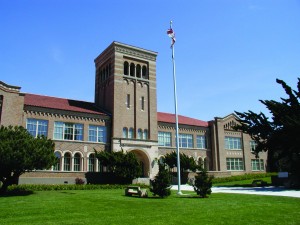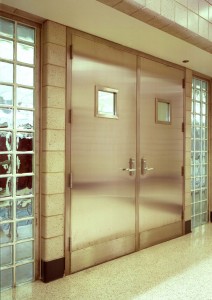The 2010 Americans with Disabilities Act (ADA) Standards for Accessible Design has several requirements that continue to surprise architects and specifiers. This article examines changes to door hardware operable force, use of low-energy automatic operators, protrusions into egress, and the need for proper maneuvering clearance.
+ Read More
|
Using curved surfaces in performing arts facilities can diffuse sound and create distinctive appearances; the wide variety of options—may made available through use of modeling technologies and cold-formed steel (CFS)—means a wide palette of dramatically different visual results.
+ Read More
|
Customers often call design teams regarding problems concerning too much light and/or too much heat coming into a building and making the space practically unusable. The issue is the original design concept did not combine the glazing with other design elements to adequately address the sun management challenge.
+ Read More
|
To ensure optimal fire protection, building codes require interior wall assemblies to be evaluated by industry standards to determine their fire performance. This article gives examples of fire-rated wall assemblies and passive firestop systems, describing the testing they must go through to achieve their fire ratings.
+ Read More
|
Healthcare facilities contribute to patient well-being by balancing design elements in the built environment with safety and security. Proper selection of door and hardware products can help protect patients from harm and maintain a level of security for others, including professional and clinical staff.
+ Read More
|
The new North Atlanta High School has risen from the ashes of an old office complex and now boasts safe access and egress for students across campus. The 23-ha (56-acre) site was previously a complex of aging IBM office buildings that included two 11-story towers.
+ Read More
|
Over the years, architects have employed a variety of wall assembly design strategies to meet sound transmission class (STC) rating requirements on projects. Some of these methods have often been either excessively expensive or complicated to install properly.
+ Read More
|
Between 1999 and 2009, various school security measures have been implemented, such as controlled access to the building during school hours (moving from 75 to 92 percent in that decade).
+ Read More
|
Parents and administrators across the country are clamoring for solutions to make their children’s schools more secure. Areas of K?12 educational projects under significant scrutiny are doors and windows—and, more specifically, the glass.
+ Read More
|
This article looks at the various types of steel doors, including options that protect against extreme weather, include glass for retailers and others, fight corrosion, made for healthcare locations and even blast doors.
+ Read More
|
|
|


